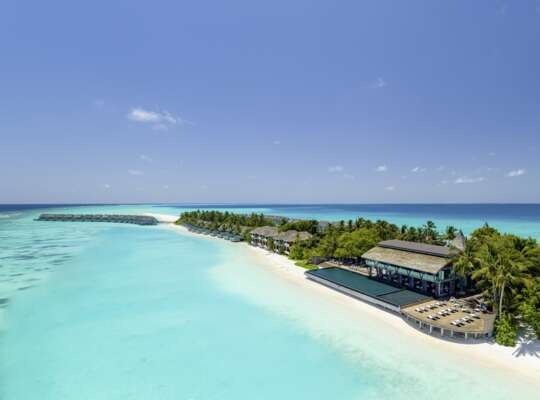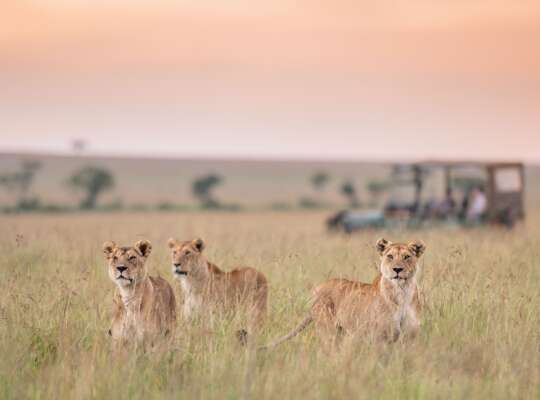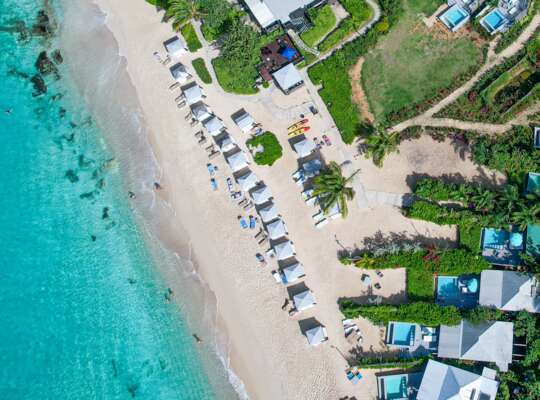It’s got beach culture and urban energy, intriguing islands and vast forests and plains, but one of the top reasons to visit Australia is the breadth of wildlife. This is a place that’s full of fabulous creatures — land, sea, and sky varieties – many of which are unique to Australia. So, where should you start if you’ve got wildlife spotting in your sights?
Kangaroo Island
A short ferry hop or flight from Adelaide brings you to Kangaroo Island. Likened to a zoo without fences, it’s no wonder so many nature lovers choose to spend time here. It’s an aptly named place thanks to its kangaroo population, but the other headliners are the tammar wallabies and koalas. The echidnas may be lesser known, but these hedgehog-like creatures with long snouts and spines venture out at dusk and with a bit of patience, it’s possible to get a glimpse of these endangered animals on a night walk on Kangaroo Island.
On the shoreline, you can spot long-nosed fur seals and sea lions, and out at sea, pods of wild dolphins leap alongside boats. Gaze skywards, and there’s every chance you may spy an eagle or peregrine falcon soaring.
At the end of days spotting critters, it’s not hard to find a great restaurant serving local produce. The island’s own fare is championed here, and as you feast on fresh seafood from Kangaroo Island’s waters and sip on wine from their own vineyards, you can scroll through your snaps of ‘roos and wallabies.
How?
Spend two nights on Kangaroo Island as part of an extraordinary drive from Melbourne to Adelaide, following the Great Ocean Road as part of The Great Southern Touring Route Self-Drive.
Ningaloo Reef
The shimmering sapphire and emerald lagoons of Ningaloo Reef on Australia’s Coral Coast are a jewel of Western Australia. It’s a beautiful and enchanting place you can reach on a two-hour flight from Perth or on an 11-day road trip. Within mere metres of the shoreline, snorkellers find themselves among kaleidoscopic fish, swishing sea turtles and perhaps the odd manta ray. On land, there are rare black-footed wallabies, emus, and echidnas.
Yet Ningaloo Reef’s biggest draw is the biggest fish — the mighty whale shark. It’s possible to swim alongside these gentle, serene, white-speckled giants when vast numbers bask on the reef from March to July.
How?
Stop off at Ningaloo Reef on Australia’s Ultimate Wildlife Safari.
Eyre Peninsula
Jutting out into the Great Australian Bight from the south coast of Australia, the Eyre Peninsula is the nation’s seafood capital. While fishermen prowl these waters for the abundant scallops, prawns, tuna, and oysters, marine-life lovers are drawn to the sea safaris that whisk adventurers out to sea to plunge into the blue and swim with dolphins and sea lions.
If you want to stay dry, there’s whale watching off the Eyre Peninsula. This is one of the best places to watch the largest congregations of southern right whales in Australia — up to 120 migrate at the Head of Bight. But there are also humpbacks in these waters, alongside little penguins.
Bremer Bay Canyon
For those looking for a truly remarkable wildlife encounter, orca spotting at Bremer Bay Canyon will likely satisfy even the most unimpressible. Off the south coast of Western Australia, the largest known group of orcas in the southern hemisphere come to hunt the rich waters alongside giant squid, sperm whales, pilot whales, tuna and sunfish, and a sky full of seabirds.
It’s a spectacle that happens between January and April. But adventurers be warned: it’s a remote spot 44 miles off the coast — but those that make the journey are richly rewarded with what they’ll witness.
How?
Adventures to Bremer Bay kick off in Albany, and our Classic South West Self-Drive takes you right where you need to be.
Rottnest Island
Heard of a quokka? These petit marsupials are only found in Western Australia, so you’d be forgiven if they’re new to you. Around 10,000 of these cat-sized critters are found on Rottnest Island, thriving on this car-free island just off the shore from Perth. In August, their cute factor gets a boost when quokka joeys peek out of their mama’s pouches.
However adorable the quokkas are, there’s more to keep you longer on this island. In the woodland, bush birds dominate the pine and tea trees, with singing honeyeaters and golden whistlers among the ranks. There’s more birdlife in the wetlands, where terns and waders can be spotted, and frogs can be heard gently ribbiting. And then, of course, there’s the open ocean where green sea turtles live alongside western rock lobsters, fur seals, dolphins, and sea lions.
Hiring a bike is one of the best ways to get to know Rottnest Island. There are 63 beaches and 20 bays to discover as you pedal. Hop off your bike and into the waters to follow the snorkel trails at Parker Point or Little Salmon Bay. Information panels are attached to the seabed to reveal more about the sea life and ecosystem.
How?
Easily accessible from Perth, make a trip to Rottnest Island part of your Classic South-West Self Drive.
Flinders Ranges
Deep in the outback of Southern Australia, the Flinders Ranges are a vast wildness of craggy peaks and dusty roads punctuated with ancient trees and delicate wildflowers. Back in time or another world altogether — it’s hard to decide which Flinders Ranges most feels like. This wilderness is a spoiling experience when it comes to wildlife. You’ll find both iconic red and western grey kangaroos in these parts, along with emus and yellow-footed rock wallabies. Peer closer, and there are reptiles pausing and scurrying in the undergrowth, and the skies above are the domain of wedge-tailed eagles and smaller raptors.
How?
The best way to experience the wildlife of the Flinders Ranges is to check into Arkaba for a wild bush luxury experience where wildlife encounters and excellent wine are all included.
Inspired?
If you’re ready to experience the wildlife wonders of Australia, our Personal Travel Experts are here to help. Call us or make an appointment in your local store to find out more.




_w=24_h=25.webp?v=a392d311dd743e3625a1f57ba6fc3b967468f36c)
_w=24_h=25.webp?v=a392d311dd743e3625a1f57ba6fc3b967468f36c)
_w=24_h=25.webp?v=a392d311dd743e3625a1f57ba6fc3b967468f36c)